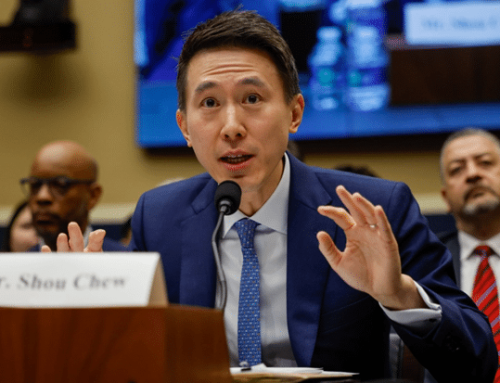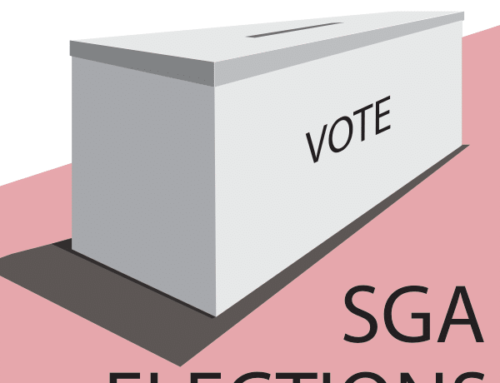By Adam Collins
Saying he was given a “mandate” by the American people, President Bush is in the process of pushing a major overhaul of the Social Security system through Congress.
The administration believes the creation of private investment accounts will aid in shoring up the system before it begins paying more money in benefits than it takes in from payroll taxes for the year 2018.
Bush is pushing for private accounts in response to growing public concern that the program will not be able to maintain solvency in the near future. As baby boomers retire and become eligible to collect Social Security, the ratio of those paying into the system and those collecting will shrink. Following World War II there were roughly 16 people paying into the Social Security system for every retiree collecting benefits. Today there are just over three workers for every retiree.
Most analysts agree that the current pay-as-you-go system is not sustainable due to these conditions.
“Social Security is not in a crisis for many years to come,” said economics professor Dr. John Nelson. “The simple solution is to take the lid off people who pay into the program. [Alex Rodriguez] makes over $27 million with the Yankees but he pays the same amount in Social Security taxes as someone who is making in the $80,000s.”
Nelson said he doesn’t think that people should be paying in the millions on Social Security tax but if the lid were lifted it would solve any problems the system might be facing.
The three solutions to fixing the Social Security system most commonly discussed are raising the retirement age, cutting benefits and raising the Social Security tax. The president has stated on several occasions that he is not willing to increase the Social Security tax.
“I said we’re not going to run up the payroll taxes,” said Bush in a town hall forum on Social Security in Washington last Tuesday. “I think running up payroll taxes will slow down economic growth. This economy is beginning to kick in; it’s beginning to make sense. I think we can solve the problem without increasing payroll taxes.”
Participation in Bush’s plan would be voluntary and the plan would be grandfathered in so that those nearing retirement would not see their benefits subjected to sudden changes in the market.
The plan is expensive, costing roughly $100 billion annually for the first 10 years, and although Congress seems to be hesitant, the White House remains optimistic that the plan will be passed within the first year of President Bush’s second term.





